SaaS companies, perhaps more than any other type of business, need to provide an extraordinary customer experience from the very beginning of a user’s journey with them.
Falling short on this front could lead the customer to abandon the software, taking all of the revenue you stood to gain with them.
In this article, we’ll explain how to provide a stellar customer experience, day after day, and for each one of your customers.
Let’s dive right in.
Build a Customer Experience Team
Research into consumer behavior has shown that customers are ready to abandon a service that fails to live up to their expectations.
In fact, some of them will actually churn after a single bad experience.
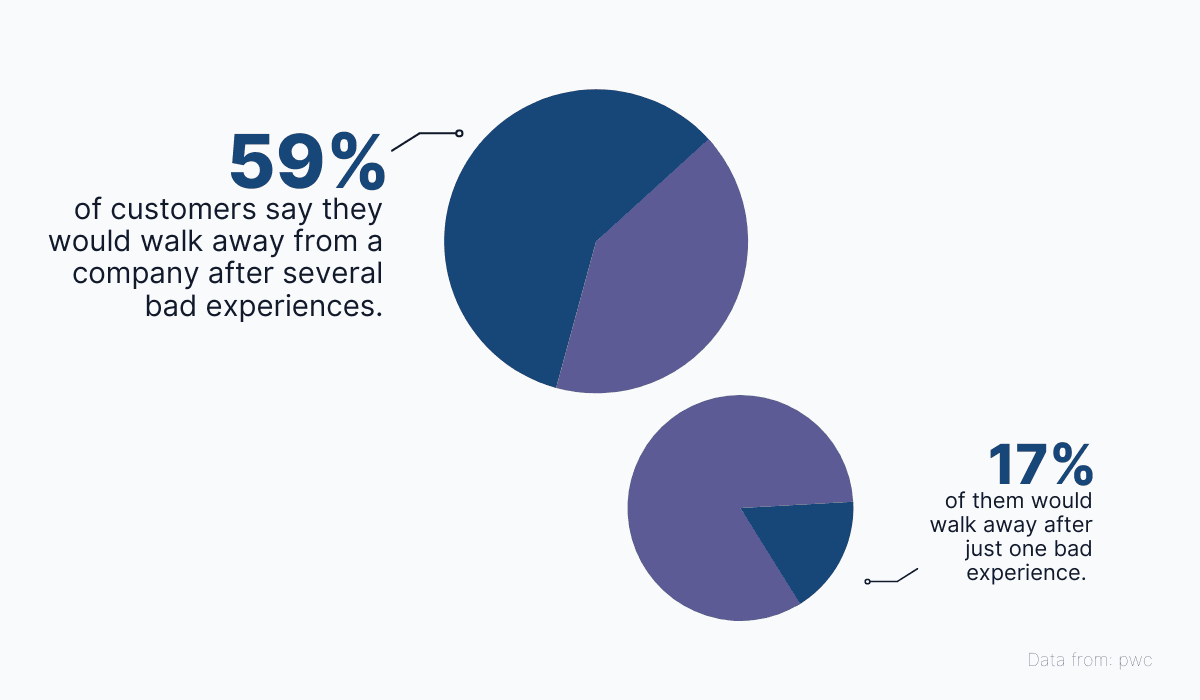
Source: Archbee
And since your revenue as a SaaS company is directly tied to whether your customers stay and renew their subscriptions periodically, providing a suboptimal customer experience can kill your business.
This means SaaS companies need to work around the clock to ensure they’re delivering the best possible customer experience and take every opportunity to improve it as much as possible.
A solution to this might be to build a team dedicated exclusively to customer experience (CX).
Let’s look at a real-life example to find out more.
Slack has long been investing in this aspect of its service. The VP of customer experience at the company, Ali Rayl, uses a three-pronged approach to CX:
- Team members are encouraged to reach out to customers and show them how to use the app successfully.
- Customer service tickets are tracked to learn what kinds of questions are asked and by whom.
- The team analyzes these issues and reports them to the product team to work on changing the product for the better.
This methodology of acting as a bridge between customers and the product team to enhance CX is also clear from how the company hires new members to the CX team.
Have a look at this job ad. The nature and functions of the CX team are clearly stated here:
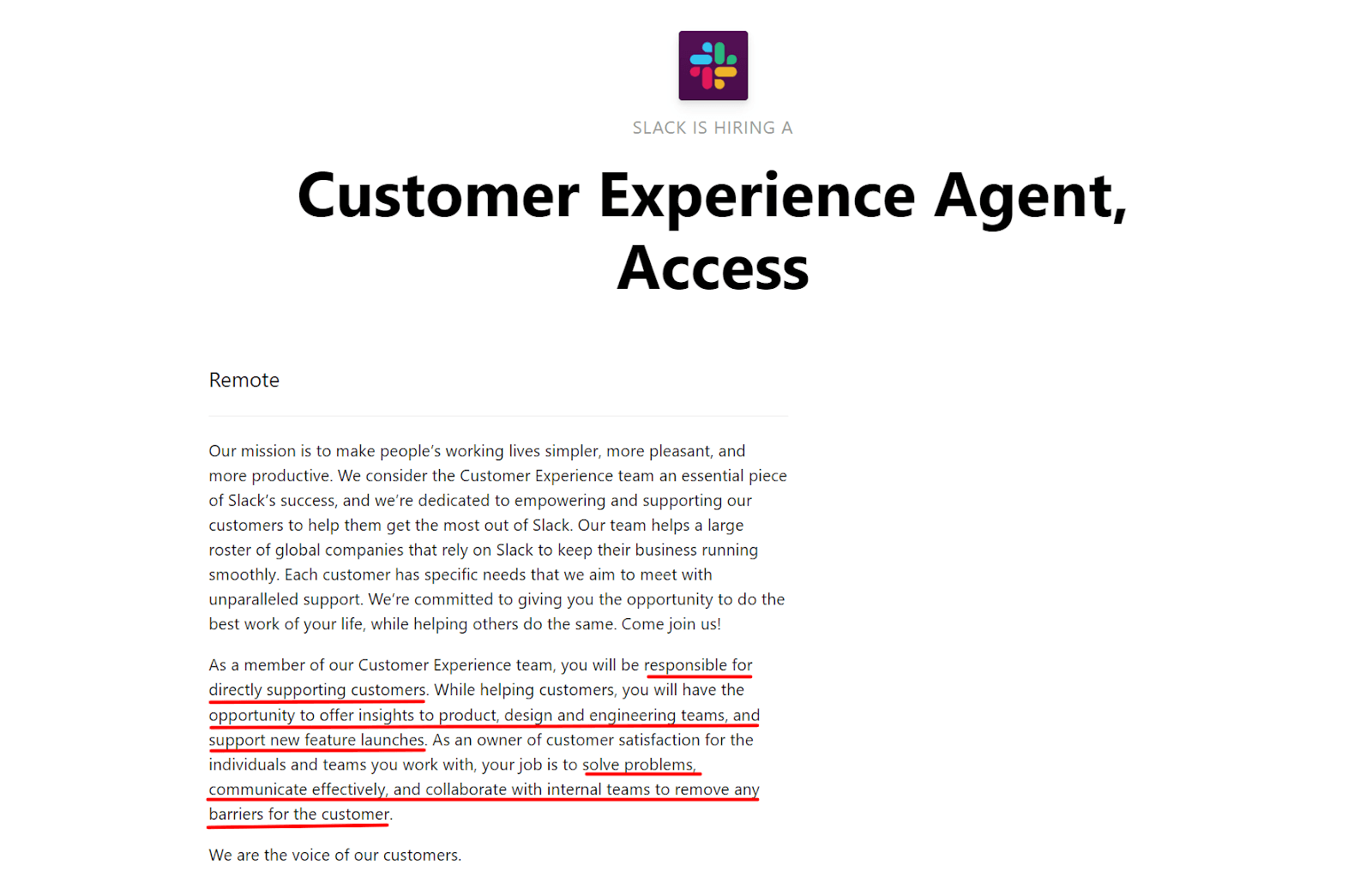
Source: Startup Jobs
Customer experience teams are dedicated to the sole purpose of eliminating bad experiences from your company.
If you’re not sure how to build one, look no further than Slack, the SaaS provider that developed a smart methodology to continually offer the best possible CX, while also making improvements to better satisfy users.
Create a Product Knowledge Base
Building a CX team is definitely the way to go if you want to make huge strides in improving customer experience.
However, not every SaaS company can afford to hire such a team, especially in the startup phase.
That’s because the quality of customer service teams (support, success, and experience) depends on their ability to handle large volumes of customer tickets.
Customers can’t be left to wait for a reply, meaning many service reps need to be hired, trained, and deployed to keep customers happy.
This doesn’t come cheap.
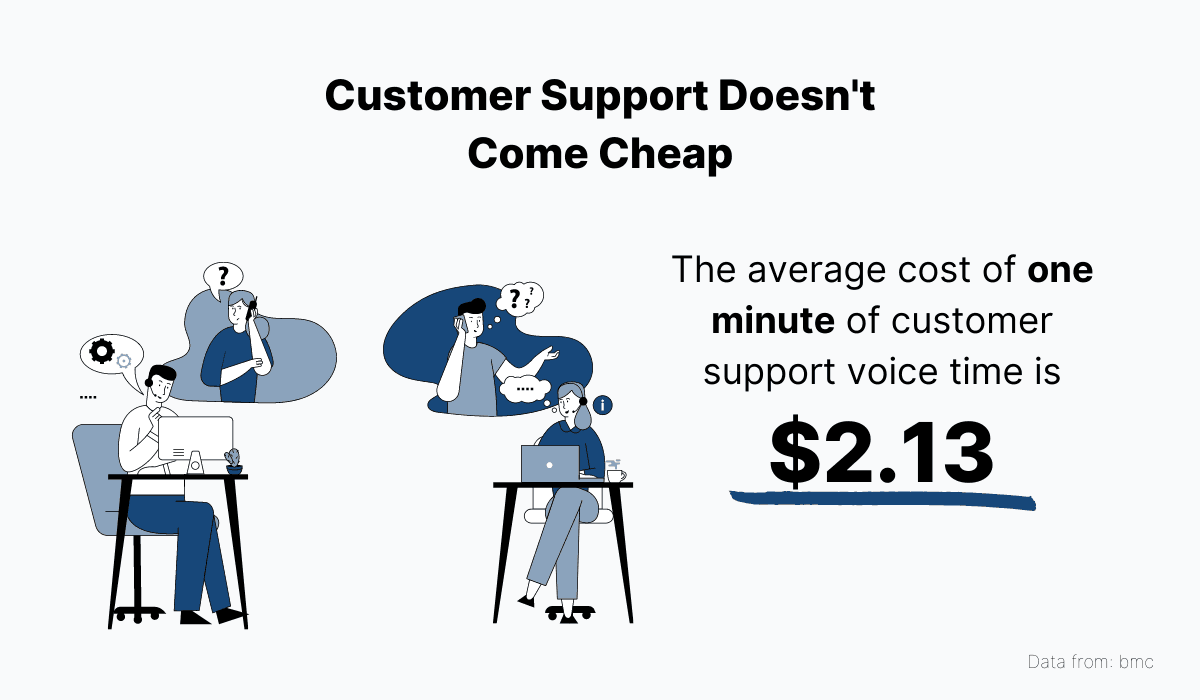
Source: Archbee
But, there is a method of offering quality customer service that can handle a theoretically infinite volume of customer questions, complaints, and issues without incurring a high cost.
And that’s the self-service customer support channel of product knowledge bases.
A product knowledge base (KB) holds every piece of information the customers need in order to have a great experience with your product. It holds resources such as:
- User guides for learning how to use the product successfully.
- Frequently asked questions and instant answers.
- Troubleshooting guides for solving problems independently.
- Tutorials for expanding user knowledge about the product and doing more with it.
These resources are reliably found online, on special KB websites, because they’re created with documentation software, such as Archbee, that enables easy product documentation writing and publishing online.
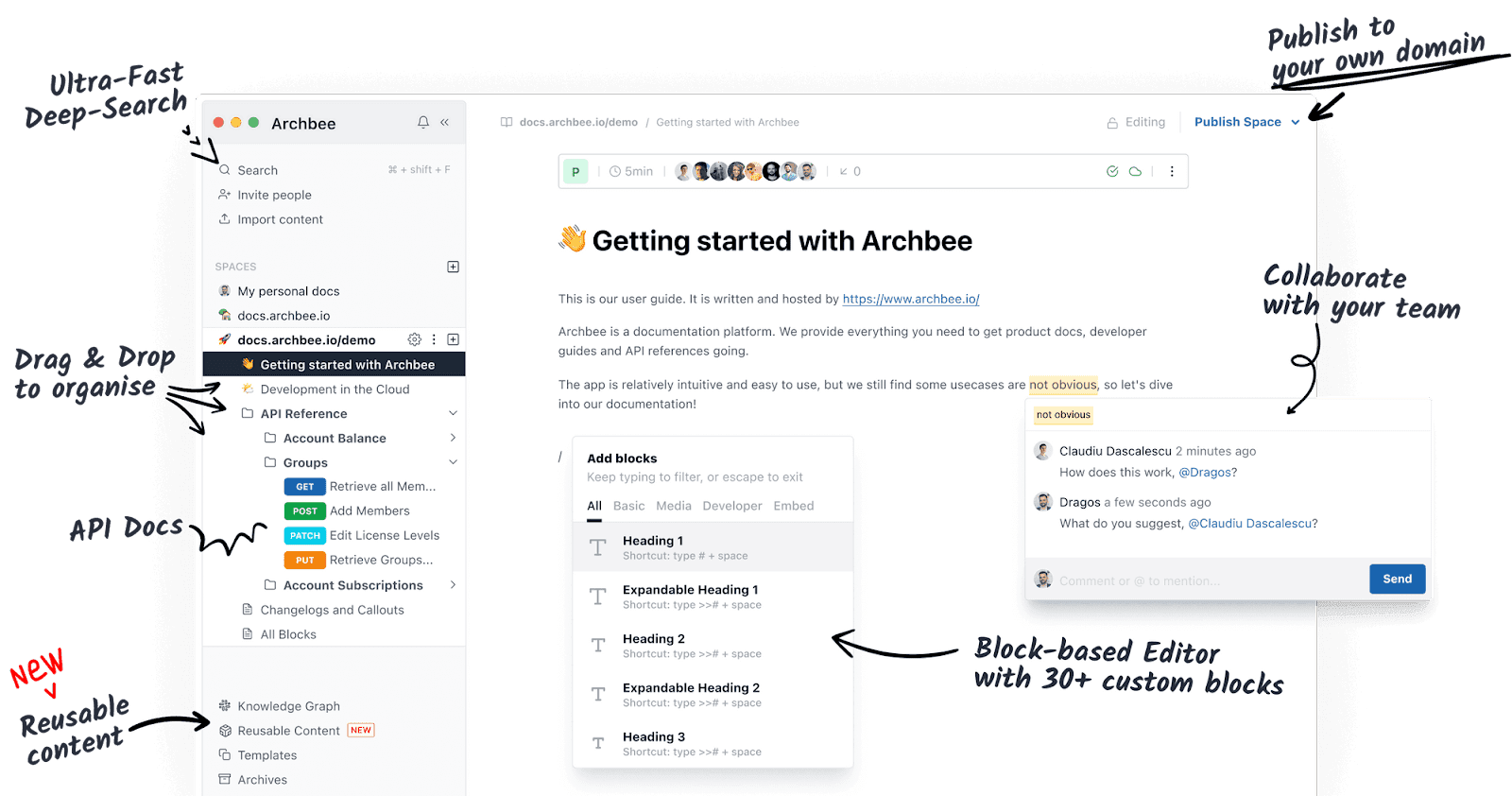
Source: Archbee
Best of all, they are always readily available to the customer, meaning a user never needs to wait around for a customer support rep to pick up the phone or reply to their email.
That’s incredibly important for customer experience, as waiting for help from customer support is the number one frustration customers experience when dealing with an issue.
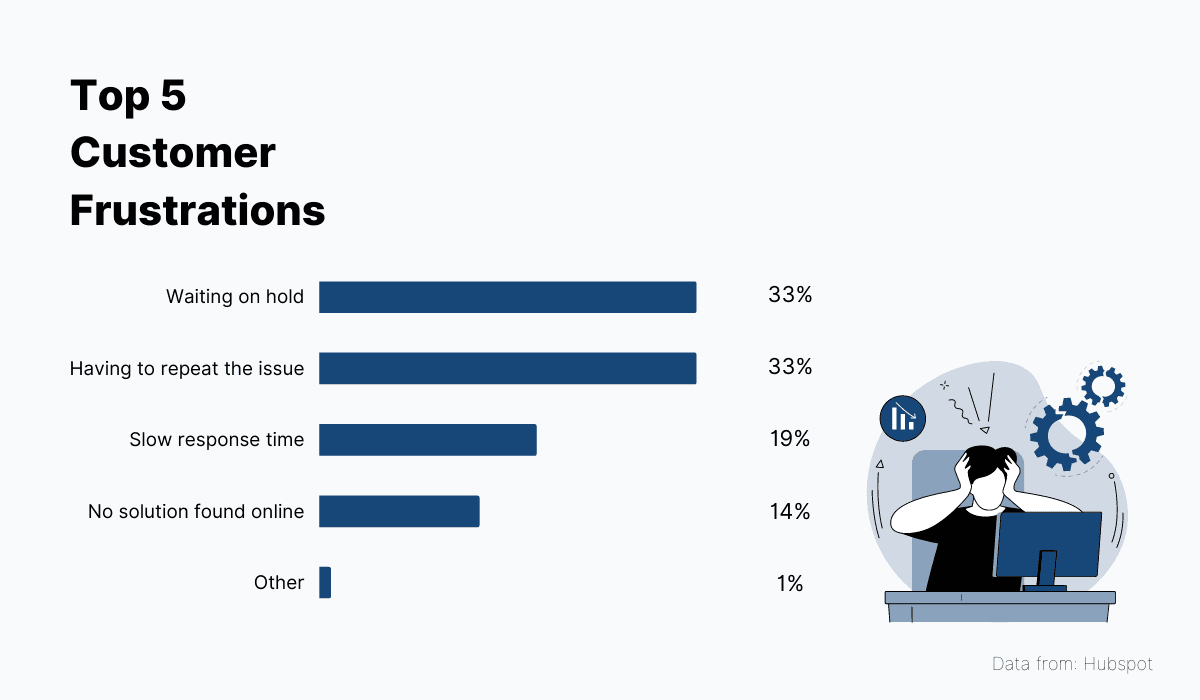
Source: Archbee
To recap, product knowledge bases are packed with resources customers can use to enhance their experience and expand their use of the product.
At the same time, they offer instant relief and solutions, meaning customers can fix their problems quickly and get back to their work, which is another hallmark of a great customer experience.
Provide Excellent Customer Support
Before you get too excited about product knowledge bases, you should know that it would be very difficult to fulfill every customer need and provide a universally positive experience using just this self-service method (effective as it might be).
In truth, you’ll always have customers that come to you with completely unique questions, or complaints that it never crossed your mind to prevent.
Moreover, you’ll have customers who prefer human interaction to a KB article, even if it entails some waiting time.
Therefore, it’s a good idea to offer multi-channel support in the form of a self-service channel (KB) and an agent-based channel (phone, email, chat, or a combination) to offer the best possible customer experience when the customer is in need of support.
In fact, research confirms that customers expect consistency in interaction across different channels.
After all, we live in a multi-channel world of communication, and your support should reflect that.
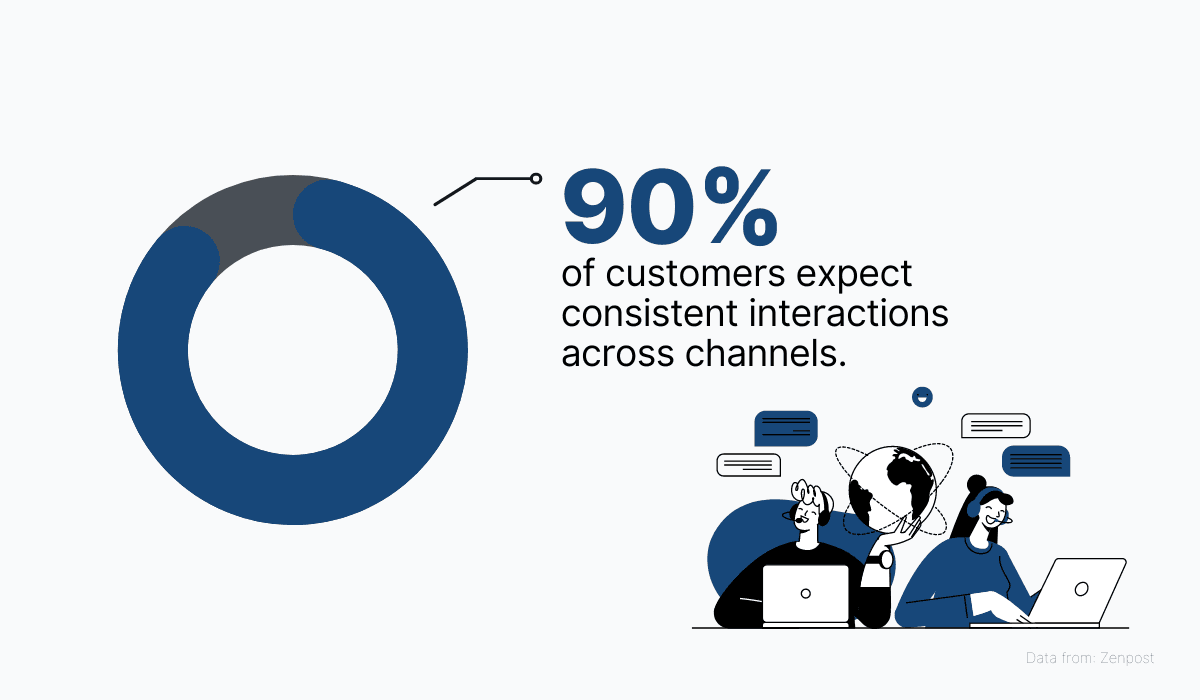
Source: Archbee
Let’s look at a practical example. Hive is a project management platform used by hybrid teams.
Its customer support relies on a rich knowledge base of articles created by team members to help customers solve issues and learn the ins and outs of the software.
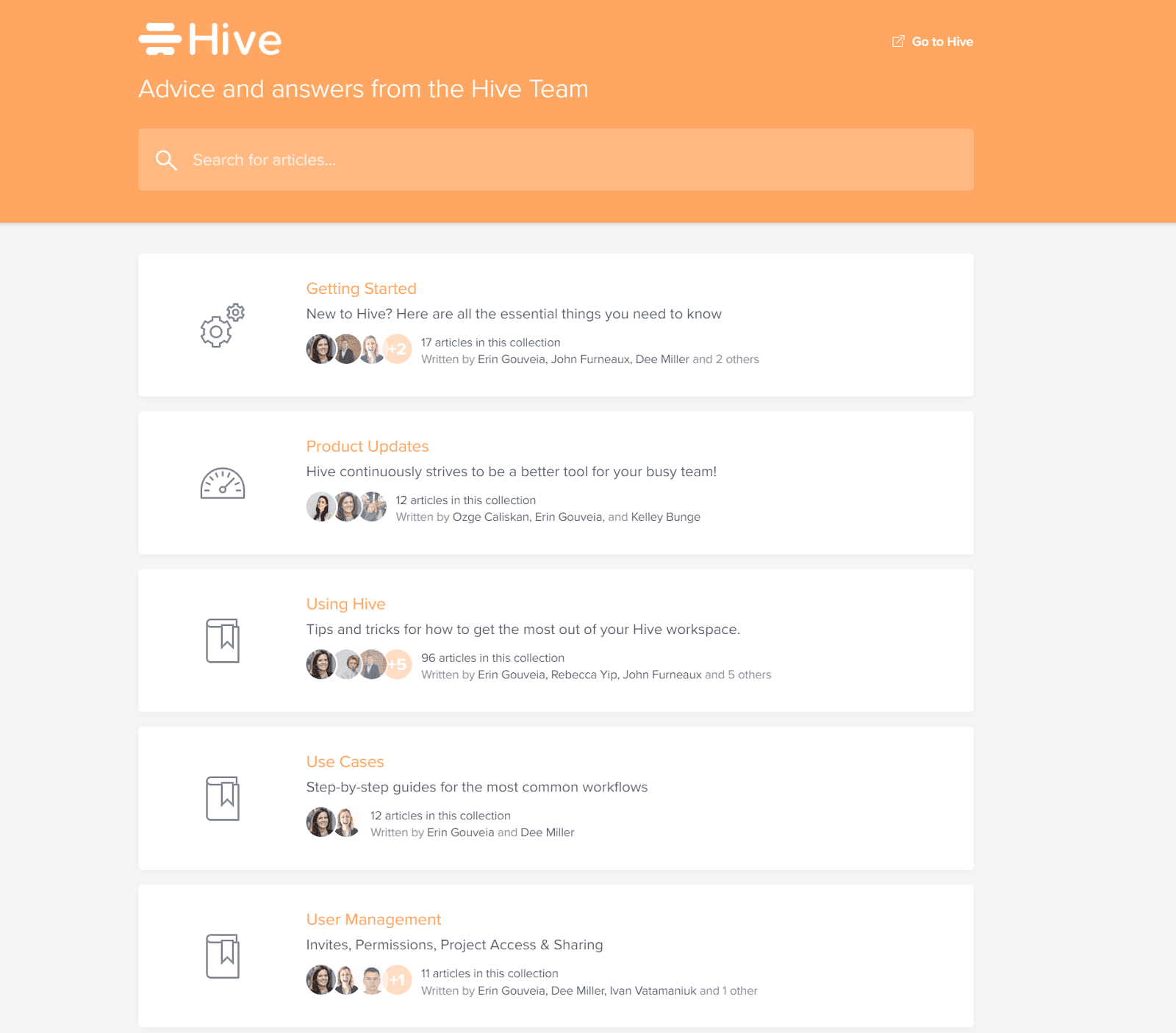
Source: help.hive
The KB covers almost every topic imaginable that’s relevant to using the platform.
However, customers who either can’t find the answers they’re looking for, or simply want to be helped by an agent, also have the option of contacting support via live chat.
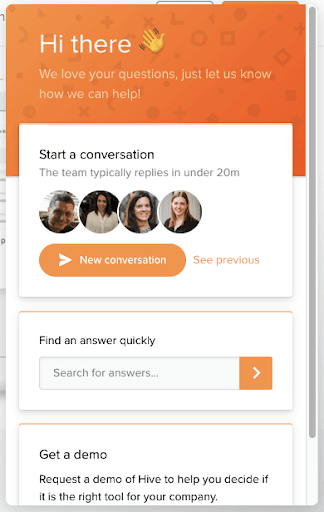
Source: Fresh Desk
Notice that the support chat has an under 20-minute response time.
This means customers don’t have to wait long to get a reply to their inquiry, which is another big step towards optimal user experience.
Remember, excellent customer support and excellent user experience go hand in hand.
So make sure you’re dedicating enough resources to providing efficient, accurate support across multiple channels.
Focus On Effective Onboarding
The worst possible customer experience occurs when a customer simply doesn’t know what to do with a software product.
Maybe they find it extremely difficult to operate, or they just can’t see the value it can bring them.
In those cases, many customers abandon the product because their experience with it was either very negative or non-existent (if they never managed to get it to work at all).
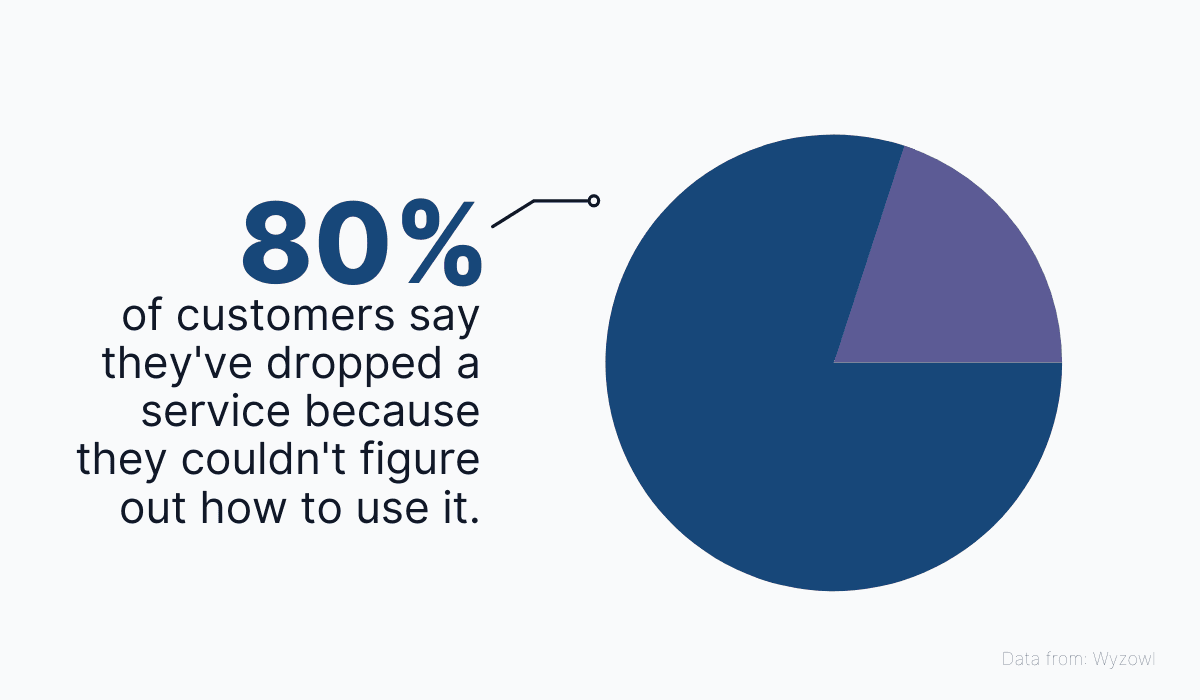
Source: Archbee
To help users find value and start enjoying the product, all you have to do is properly onboard them and teach them how to use the product successfully.
There are multiple ways to go about this.
The first one, cheaper and more efficient, is providing an interactive product tour.
This automated process gets triggered when a customer accesses the product’s interface for the first time.
The system uses interactive elements, such as checklists, highlighted text, or tooltips, to show the user what every part of the interface is used for and how to complete key tasks.
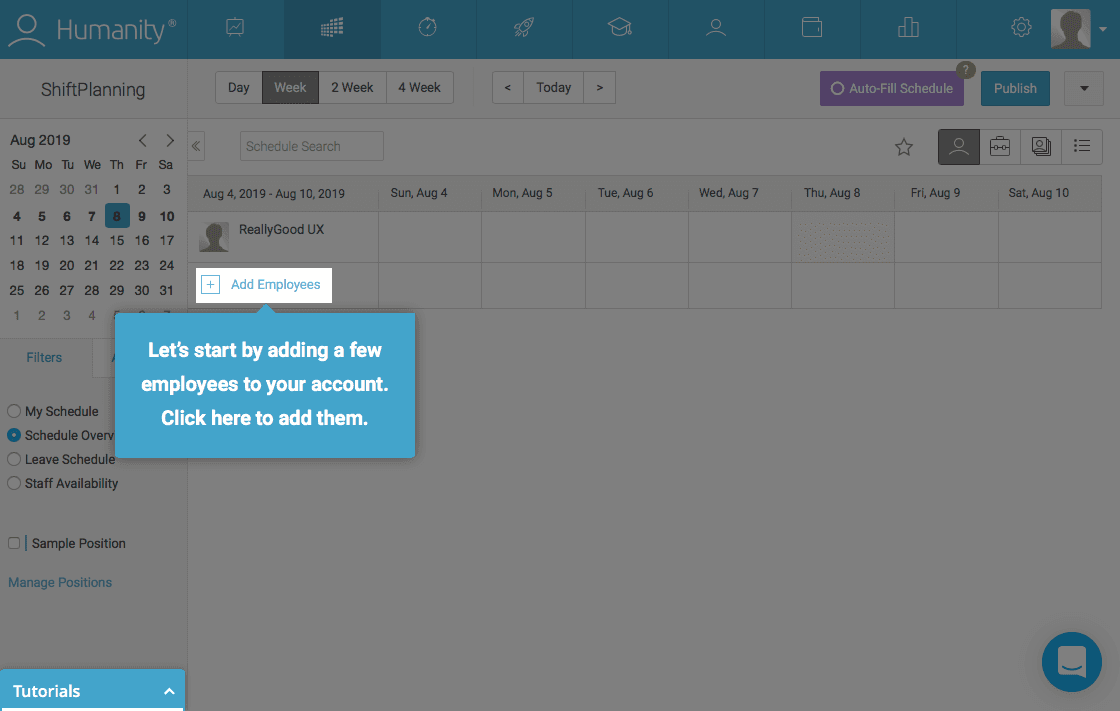
Source: Appcues
The other method, human-centric but more resource-heavy, is utilizing a customer success team to onboard new users.
Customer success is kind of the opposite of customer support. Instead of waiting for customers to contact them, customer success agents take a proactive approach and get in touch with new users as soon as they sign on to the service.
Also, instead of solving problems, the success team is here to show users how to take things a step further, and do more with the product.
So, to start the onboarding process, a customer success rep would contact the new user and offer their help during the initial setup and first use of the product.
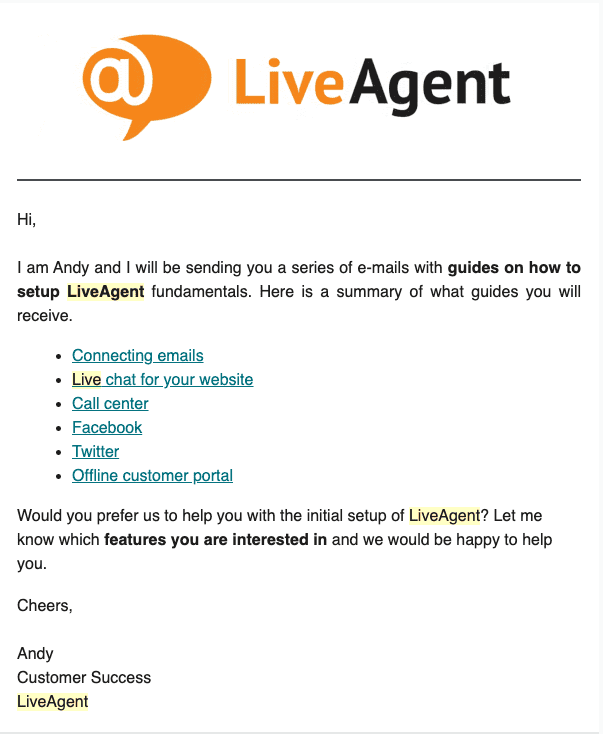
Source: Live Agent
Either method can be very effective in properly onboarding the customer and helping them learn the ropes.
What’s important is that you don’t leave them to their own devices as they first approach your product if you want them to have a good customer experience.
Begin Tracking Relevant Metrics
User metrics are an umbrella term for all kinds of indicators that give businesses an objective view of how their product is performing.
Customer experience metrics measure how your customers behave when they interact with the product and can tell you how they feel about it.
These include:
- Net promoter score (NPS)
- Customer satisfaction rate
- Churn rate
- Customer effort score (CES)
- Retention rate
- Customer lifetime value
- Others, including custom KPIs and metrics developed for just one company
Many companies (64.5% of them, to be exact) rate NPS as the most important customer experience metric to track.
NPS tells you how many customers would recommend your product to others, providing you with data on exactly how satisfied the customers are with your service and what customers value most about it.
To track this metric, you’ll have to prepare a simple email survey and send it to your current customers. Here’s what it might look like.
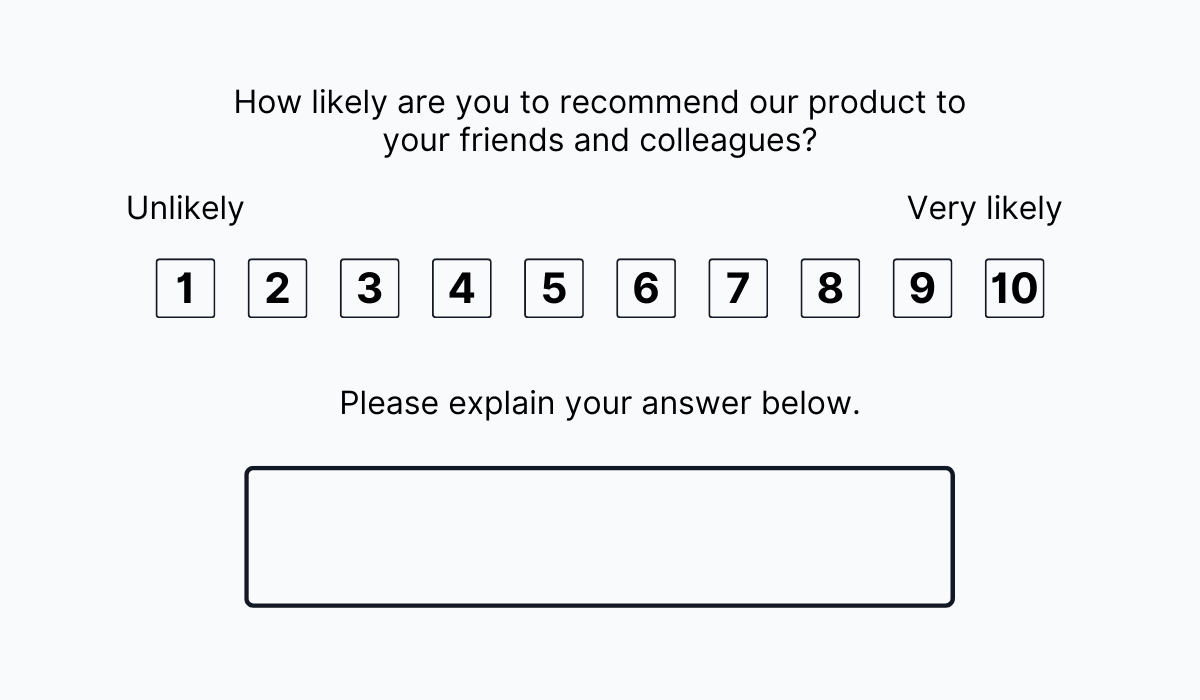
Source: Archbee
Once you get the answers, you can divide your customers into two groups, detractors and promoters. Your NPS score is the difference between the two.
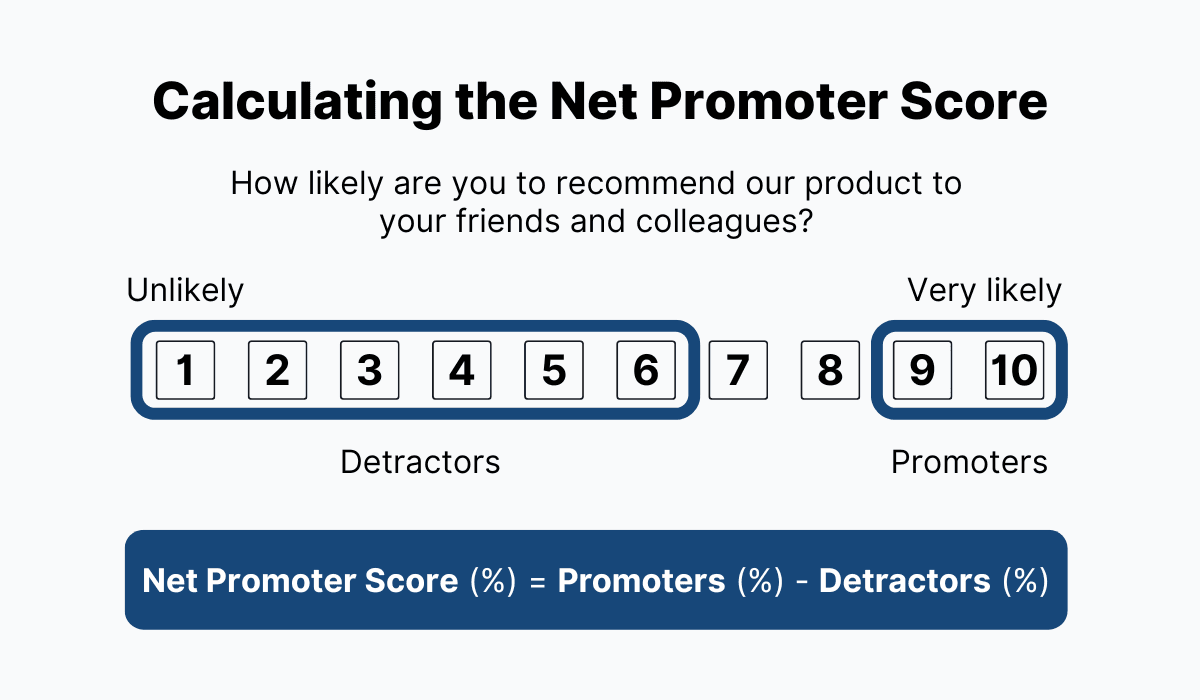
Source: Archbee
Your score tells you if customers are satisfied, dissatisfied, or feel neutral towards your service.
Here are some concrete NP scores from leading SaaS companies to show you how accurate this metric can be.
We’ve singled out some famous products you’re likely to use. See if you would agree with these scores.
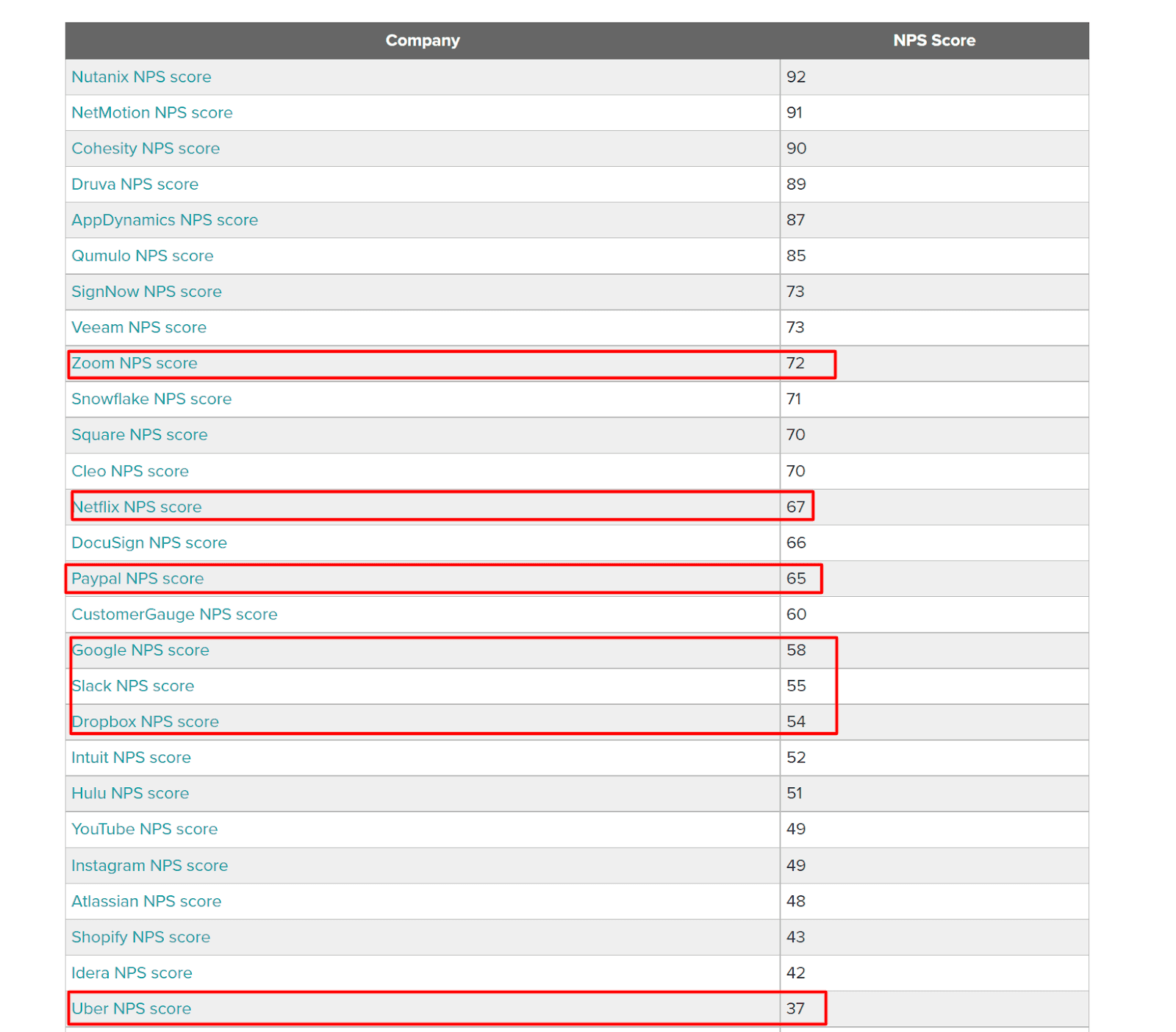
Source: Customer Gauge
If you measure NPS over time, it’s easy to gauge if you’re on the right track with your product. Steady growth in NPS means you’re doing a great job satisfying your customers.
A sudden drop means you’ve taken a wrong turn somewhere or introduced a feature that’s getting in the way of a good customer experience.
NPS is just one of the CX metrics you can track to estimate how satisfied your users are with the product.
Select a few more and you’ll always have a clear understanding of the experience you’re giving your customers.
Collect Customer Feedback
Another way of measuring how customers feel about your product is by directly asking them for feedback.
Customer feedback can give you very specific pointers on how you can improve customer experience and make users happier.
There are multiple ways of collecting feedback. One of them was already discussed in the previous section: email surveys.
You can send elaborate email surveys asking customers to answer specific questions about how they’re using the product and how well your team is fulfilling their needs.
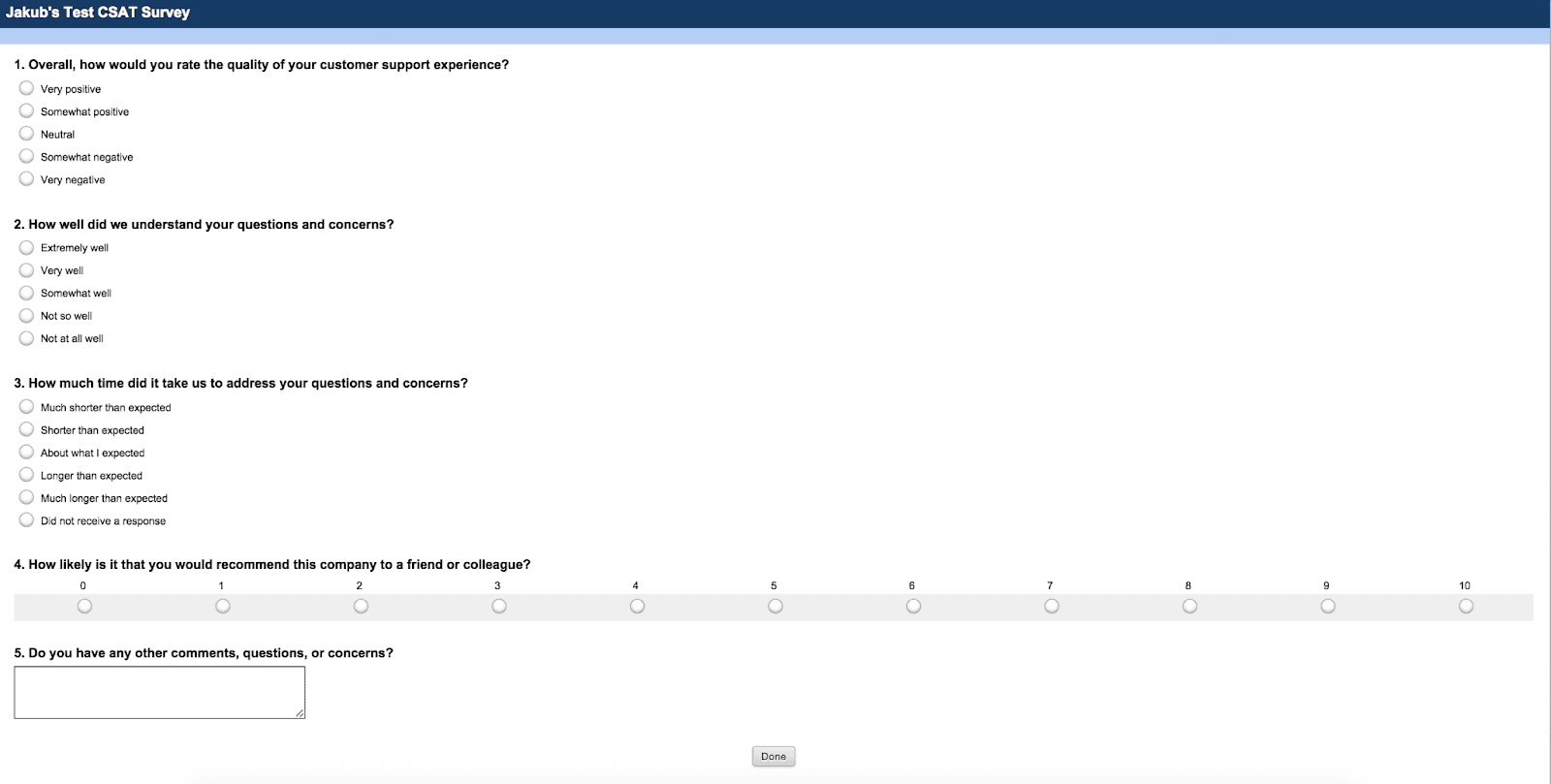
Source: Zendesk
However, bear in mind that your customer’s patience isn’t endless. They won’t be willing to spend hours answering questions.
A Survey Monkey study has shown that abandonment rates start to rise sharply when surveys take more than seven or eight minutes to complete, so keep the number of questions under 15.
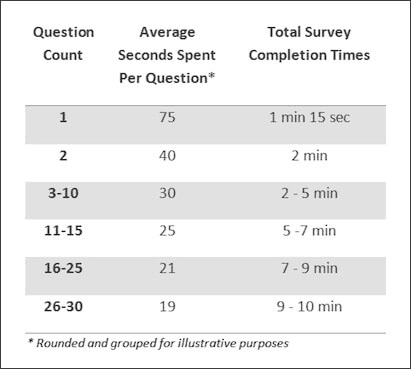
Source: Survey Monkey
An easier yet very informative method of collecting feedback is reading product reviews on sites such as Trustpilot.
Here’s an example of a negative review. Let’s analyze it for actionable feedback.
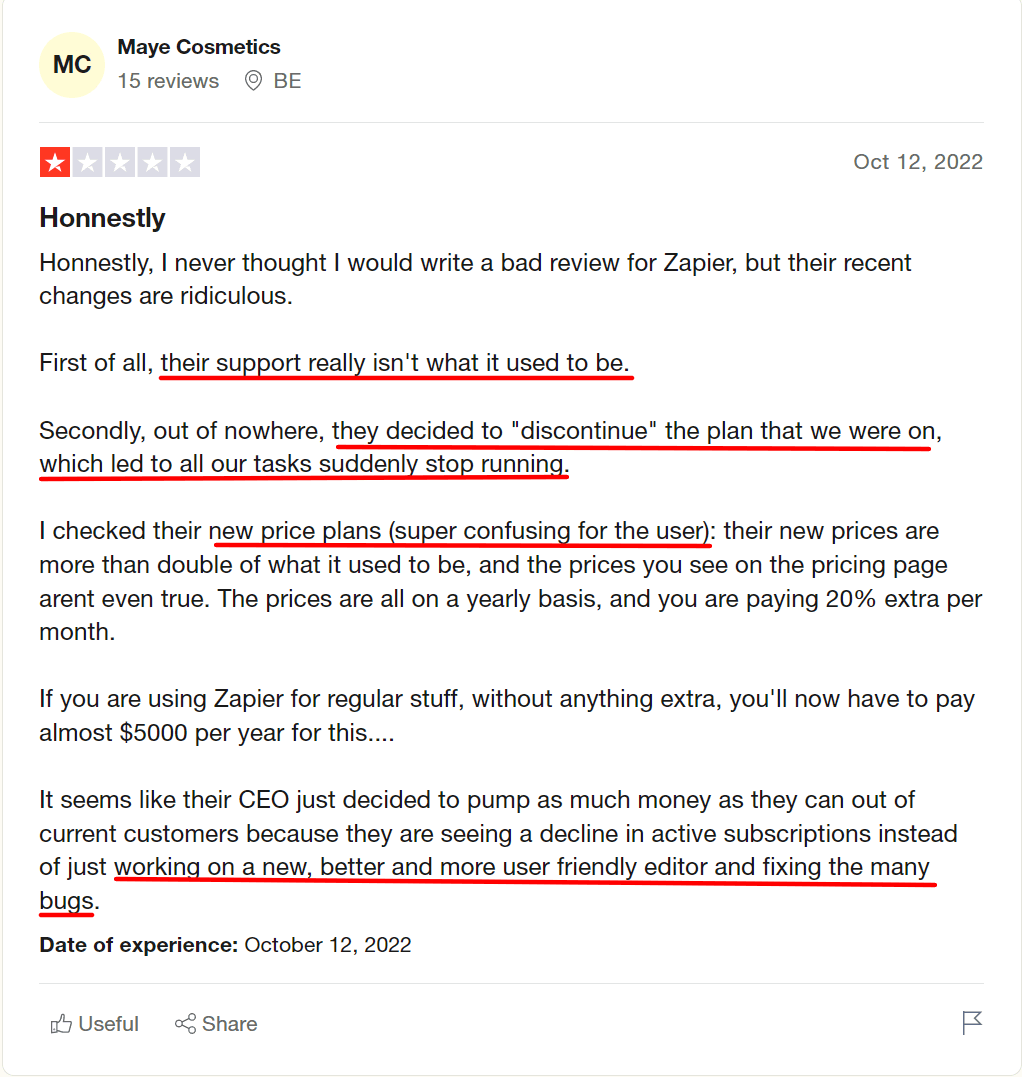
Source: Trustpilot
This one is a little harsh, but negative feedback is often the most valuable when it comes to improving customer experience.
The company has made some changes recently and this user is unhappy with the structure of the new price plans.
Also, the user points out that the quality of customer support has been deteriorating.
Already, we have two clues on where improvements could potentially be made to enhance customer experience.
The customer also mentions improvements they would like to see: a more user-friendly editor and fixes for the bugs occurring in the software.
As you can see, there are clear indicators of what’s wrong with the product here, as well as very concrete suggestions for improvement.
Customer feedback is extremely valuable to SaaS companies because it allows them to make changes and improvements their users are actually asking for.
Collect as much of it as you can, and be sure to act on it.
Conclusion
The kind of experience your customer will have with your product depends on the quality of your teams (experience, support, and success), the resources you can provide (product knowledge bases, onboarding systems), and the performance indicators you choose to monitor.
In other words, optimal customer experience requires constant attention and devotion to your customer base and their needs.
So start implementing the solutions we’ve recommended in this article and you’re bound to see customer satisfaction rates skyrocket.
Frequently Asked Questions
Because in SaaS, revenue depends on renewals and expansions. A single poor interaction can trigger churn, wiping out months of customer acquisition spend and future recurring revenue. Great experience speeds up time-to-value, builds trust, and drives referrals; a subpar one increases support burden, lowers product adoption, and hurts lifetime value. In short, CX directly influences retention, growth, and profitability.



